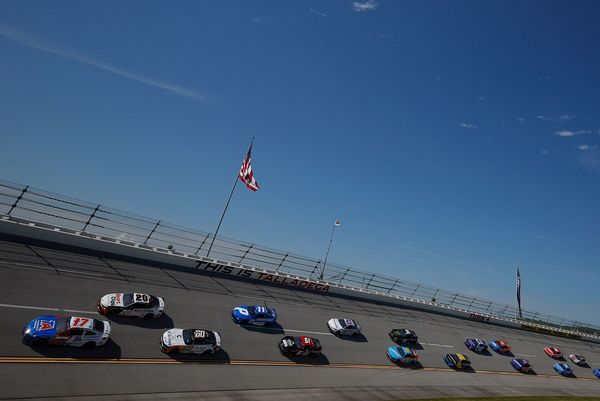
Canada’s apparel industry is bracing for impact as President Donald Trump continues to retool his tariff strategy. For many brands, the threat of rising costs couldn’t come at a worse time. Inflation has already cooled consumer spending, and now, higher import costs could force companies into a corner. Raise prices and risk alienating shoppers, or eat the costs and watch margins shrink? Either way, retailers may end up buried in unsold stock.
Canada Goose (GOOS), famed for its premium outerwear, sits right in the blast zone, facing the heat. Once a winter wardrobe staple for celebrities and adventurers alike, Canada Goose has been grappling with slowing sales, product expansion struggles, and now, rising tariff risk.
Barclays has taken note, downgrading the stock earlier in April and slashing its price target. Should investors take heed of Barclay’s warning or consider buying the dip?
About Canada Goose Stock
Founded in 1957 and headquartered in Toronto, Canada Goose (GOOS) built its legacy crafting rugged parkas for Arctic workers, along with lightweight down jackets, footwear, and outwear. What started as survival gear became a global badge of luxury and grit. Its market cap currently stands at $790 million.
Unfortunately for investors, Canada Goose is feeling the chill in 2025. Shares of this luxury outerwear darling are now in freefall, down 27% over the past 52 weeks and down 19% over just the past six months.
According to analysts at Barclays, with tariffs biting and sentiment souring, GOOS may face significant headwinds in the near term.

Canada Goose Reports Mixed Q3 Results
On Feb. 6, Canada Goose reported its fiscal third-quarter earnings report that exceeded analyst expectations on the bottom line even as sales softened. Adjusted earnings per share rose 10.2% year over year to 1.51 CAD, a quiet win amid a modest revenue slip to 607.9 million CAD.
The company flexed its pricing power, lifting gross margin to 74.4%, a notch above last year’s 73.7%, thanks to strategic price hikes and leaner inventory provisioning. Speaking of inventory, it dropped 14.8% to 407.4 million CAD, the result of scaled-back production. Meanwhile, Canada Goose padded its cash position, jumping 85% to 285.2 million CAD.
Looking ahead, management is striking a conservative tone. Fiscal 2025 revenue is forecast to range from a low-single-digit rise to a slight dip, with adjusted EPS growth hovering between flat and modestly positive. In a market that’s shifting fast, Canada Goose seems focused on staying agile while keeping its edge.
Analysts tracking the luxury apparel company expect fiscal 2025 profit to reach $0.72 per share, down 1.4% year-over-year.
What Do Analysts Expect for Canada Goose Stock?
Earlier in April, Barclays cut its rating on GOOS stock to “Underweight” and trimmed the price target to $8 from $10. The firm sees fiscal 2025 as an uphill trek, with headwinds like tough global macroeconomic chills, fierce outerwear rivals, and tariff risks from Canadian manufacturing. The firm’s analysts also flagged high seasonality and a volatile direct-to-consumer model, along with challenges in broadening product offerings beyond core down jackets.
While the recent dip in share price may reflect some of these issues, Barclays believes the stock is likely to tread water in the near term. Mounting competitive and geopolitical pressures could further strain financial estimates and limit upside potential.
GOOS has a consensus “Moderate Sell” rating overall – a downgrade from the “Hold” rating a month back. Of the nine analysts in coverage, five recommend a “Hold,” one suggests a “Moderate Sell,” and the remaining three advise a “Strong Sell.”
The mean price target of $9.65 suggests an upside potential of 16% from the current price levels. The Street-high target price of $11 implies that the luxury apparel stock could rally as much as 32%.








